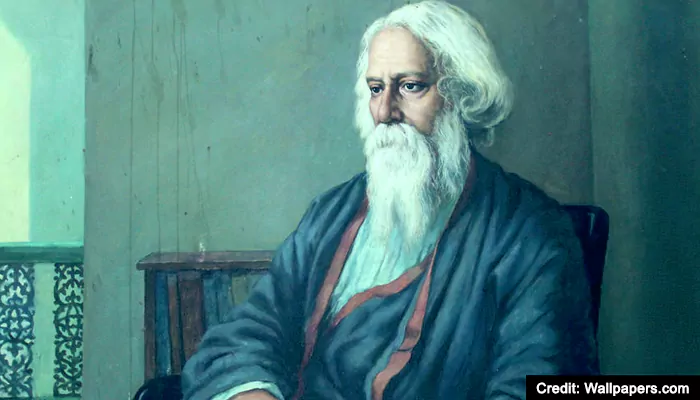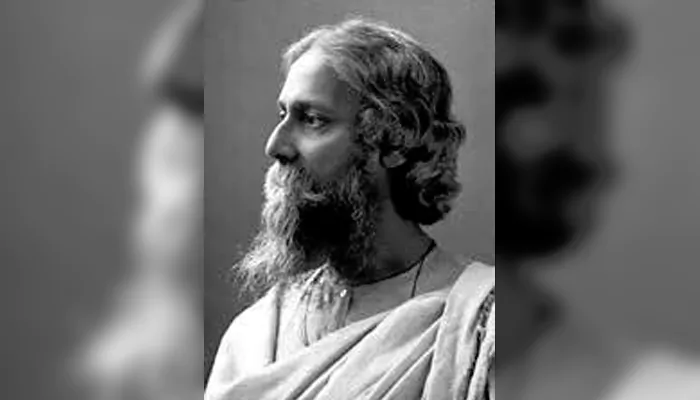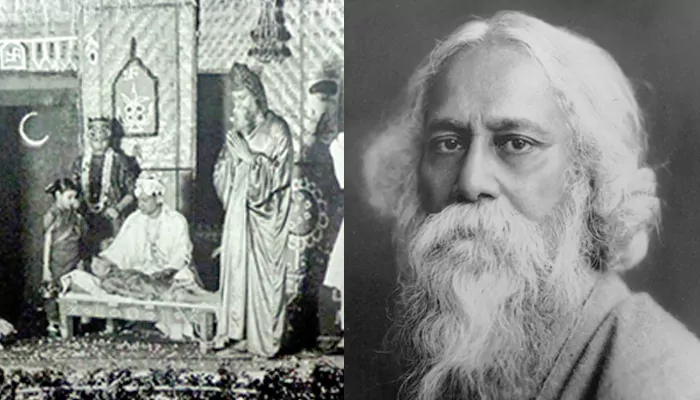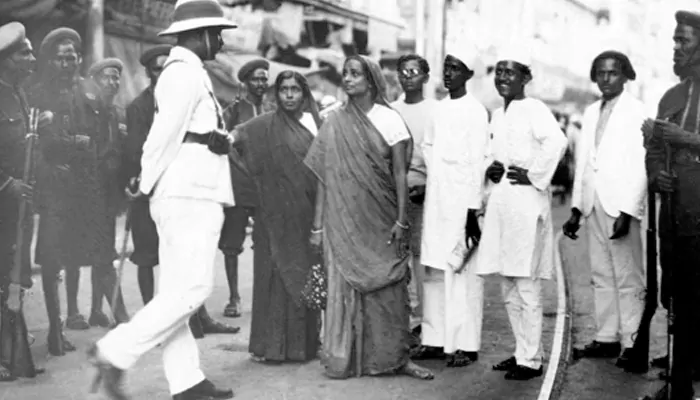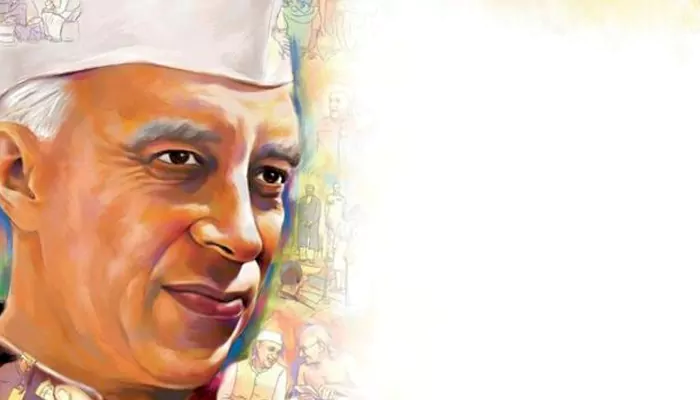Rabindranath Tagore Death Anniversary: From Bolpur to Brazil, How His Gurukul Model Inspired Global Learning
- Devyani
- 4 months ago
- 5 minutes read
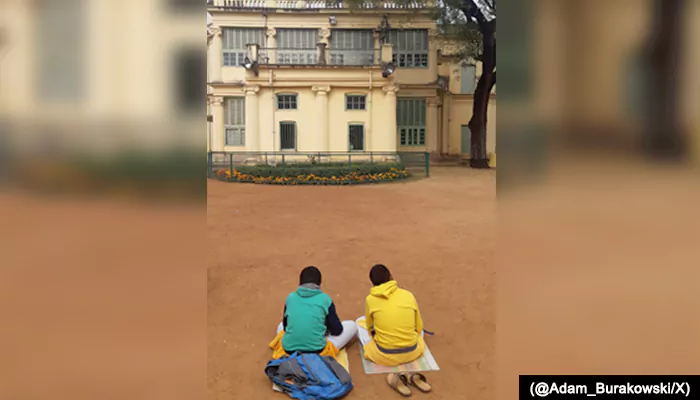
Tagore wasn't just a poet; his radical school in a mango grove sparked an educational revolution that's still inspiring classrooms from Bengal to Brazil today. Let's take a stroll through his ideas!
Every year on August 7th (he passed away in 1941), we remember Rabindranath Tagore. Sure, we all know him as the first non-European Nobel laureate in Literature - the genius behind our national anthem. But honestly? His real legacy might just be how he reimagined learning itself. Forget stuffy classrooms and rote memorization. Tagore dreamed bigger. Way bigger.
His vision took root in the quiet town of Bolpur, West Bengal. Picture this: 1901, under the open sky and sprawling mango trees. That’s where he started Santiniketan, his "Abode of Peace." But this wasn't just any school. Tagore was fed up with the rigid, factory-like education of his time. He craved something alive.
So, What Was This "Gurukul" Model All About?
Think ancient Indian gurukuls, but with a massive Tagore twist! He kept the beautiful core idea: learning immersed in nature, with close student-teacher bonds. But he supercharged it for the modern world. Here’s the vibe:
This is a class in Patha Bhavan.
— Sohini Dasgupta (@speakingmedusa) January 22, 2023
It’s a school founded by the Noble Laureate Rabindranath Tagore in 1901. This school is inspired by the pedagogical philosophy of learning through closeness with nature. It’s inspired by the Gurukul and ashram system of education in ancient India. pic.twitter.com/TLwQqQOYbB
(@speakingmedusa/X)
Classrooms Without Walls
Seriously! Lessons happened outdoors as much as possible. Under trees, in gardens. Why? Tagore believed nature was the ultimate teacher – fostering wonder, peace, and a real connection to the world. Imagine learning botany surrounded by actual plants, not just pictures in a book!
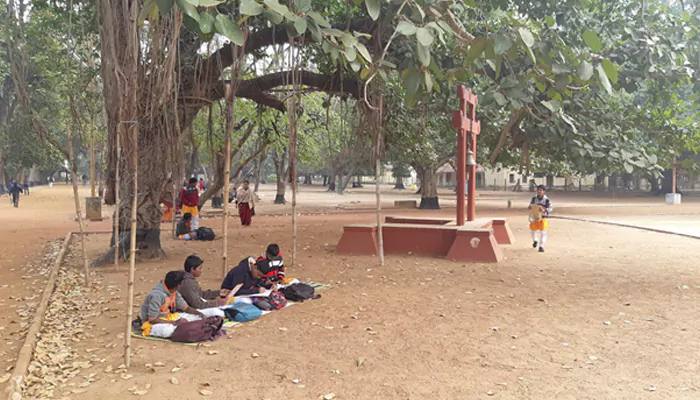
![]()
(@Adam_Burakowski/X)
Freedom Over Fear
No harsh discipline here. Tagore hated the idea of crushing a child's spirit. He wanted curiosity to bloom naturally. Students had space to explore, ask questions, and even make mistakes. The focus was on joy in learning, not just cramming for exams.
Arts & Heart
This was HUGE. Music, dance, painting, drama – they weren't just "extra-curricular." They were woven right into the fabric of daily learning. Tagore knew creativity was as vital as math or science for a whole, balanced human being. Think students painting landscapes they saw, or performing Tagore’s own dance dramas.
Spring Vibes, Santiniketan, West Bengal 🌸
— Arpita 🇮🇳 (@arpita_dg) March 8, 2025
City of Gurudev Rabindranath Tagore pic.twitter.com/KXt9R80Zn9
(@arpota_dg/X)
Global Citizens, Local Roots
Santiniketan became a magnet for thinkers worldwide. Tagore actively invited scholars from Japan, China, Europe, and beyond. Students learned about diverse cultures and languages, fostering a deep sense of international understanding. Yet, it was firmly rooted in Indian traditions and the local Bengali context. Pretty cool balance, right?
From Bolpur to the World: Tagore's Ripple Effect
Okay, so Santiniketan was special. But how did this model jump continents? Well, Tagore himself was a global rockstar (the literary kind!). As he traveled, he shared his educational philosophy far and wide.
Brazil's Big Inspiration
Tagore's visit to Brazil in 1924 left a deep mark. The renowned poet and educator Cecilia Meireles was profoundly inspired. She later championed similar ideas – emphasizing nature, creativity, and breaking away from rigid structures in Brazilian education. The echoes of Santiniketan’s freedom and artistic spirit resonated strongly there.
CURIOSIDADE! 🚨 Você sabia que Cecília Meirelles era de origem cigana? 😮
— Nota (@jornalnota) November 23, 2024
Sim, uma das maiores poetas do Brasil, Cecília Meirelles, era uma bela mulher de origem cigana. Ela foi a primeira pessoa do grupo de “Rom" do mundo, ou seja, a primeira cigana, a receber um título de… pic.twitter.com/1vmGB2EIWK
(@jornalnota/X)
Cecilia Meireles
The Global Progressive Wave
Tagore wasn't alone in wanting change. Thinkers like Maria Montessori (Italy) and John Dewey (USA) were also pushing for child-centered, experiential learning around the same time. Santiniketan became a powerful Eastern example of this global progressive education movement. It showed the world that deep learning could happen joyfully, without bells and confinement.
Maria Montessori, physician best known for the philosophy of education that bears her name, was born #OTD in 1870. pic.twitter.com/PmV0LXGcXg
— Bibliophilia (@Libroantiguo) August 31, 2016
(@Libroantiguo/X)
Maria Montessori
UNESCO's Nod
Fast forward to 2022 - a huge moment! Santiniketan was finally inscribed on the UNESCO World Heritage List. Why? Precisely because it represents Tagore's revolutionary "pan-Asian" vision of education, culture, and environmental harmony. It’s official: his model is recognized as a globally significant heritage.
🔴BREAKING!
— UNESCO 🏛️ #Education #Sciences #Culture 🇺🇳 (@UNESCO) September 17, 2023
New inscription on the @UNESCO #WorldHeritage List: Santiniketan, #India 🇮🇳. Congratulations! 👏👏
➡️ https://t.co/69Xvi4BtYv #45WHC pic.twitter.com/6RAVmNGXXq
(@UNESVO/X)
Why Tagore's School Still Matters Today
Tagore passed away 83 years ago, but honestly? His ideas feel incredible now. In a world where kids are often stressed, glued to screens, and pressured by standardized tests, the Santiniketan model offers a breath of fresh air.
We see its spirit alive in
- Forest schools where kids learn through play in nature.
- Classrooms ditching rows of desks for collaborative circles.
- Schools put arts and emotional well-being at the forefront.
- Programs fostering global citizenship and cross-cultural dialogue.
Tagore showed us that education isn't just about filling heads with facts. It's about nurturing compassionate, creative, and curious human beings connected to nature and each other. That’s a lesson worth celebrating every year – from the mango groves of Bolpur to innovative schools worldwide.
So, this death anniversary, let's remember the poet, sure. But let's also raise a toast to the revolutionary teacher who dared to imagine learning under an open sky. Pretty inspiring, huh?






